How to Recognize Great Artists by Their Style
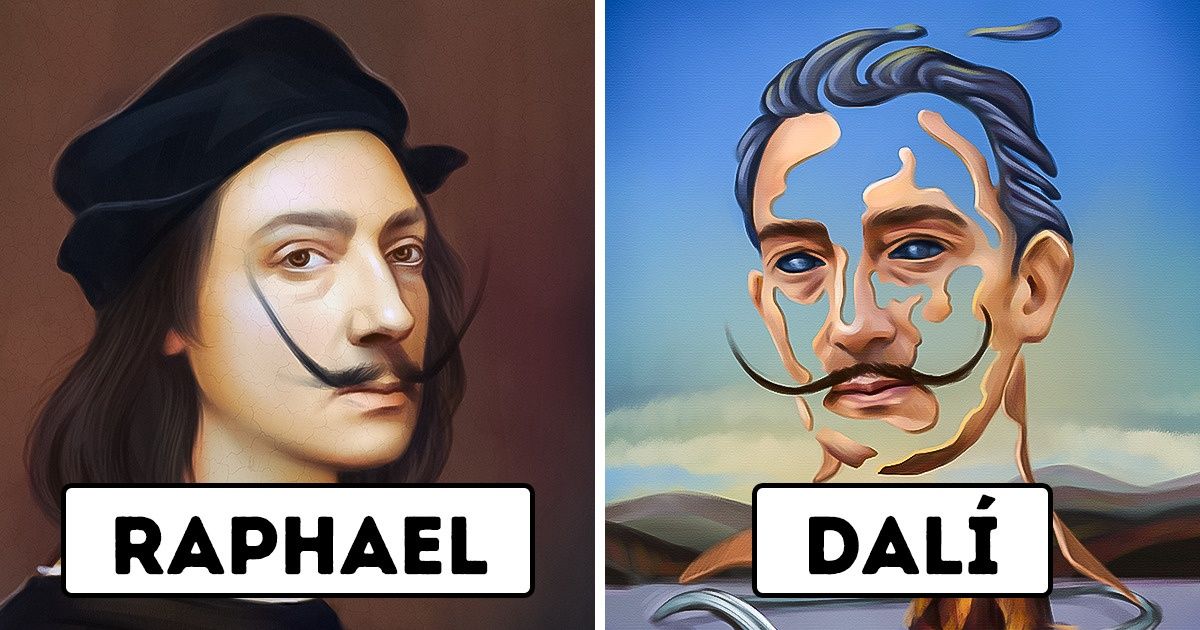
Monet would depict impressions, not objects. Chagall added a fairytale vibe to reality. Bosch was the surrealist of the 15th century. Picasso was able to create paintings from different angles simultaneously. It’s not necessary to be an art expert to be able to distinguish which masterpieces belong to which artist. All you need to know is the painting style of each of them.
We at 5-Minute Crafts decided to reproduce the styles of several great painters in the portrait of the most modern artist among them. You’ll definitely recognize him.
A couple of words about the model
Salvador Dalí really liked to astonish the public. That’s the reason why he wore a curled-up mustache, why he would walk his anteater on a leash, and how he came up with unusual things like a lobster phone or a couch in the shape of lips. When we decided to create a detailed guide that would help our readers recognize artists by their style of work, we could not think of a better model than Dalí. He himself liked to do similar experiments. For example, he has a painting called Self-Portrait With Raphael’s Neck. By the way, the depiction of Dalí in his own style awaits you at the very end.
Bosch
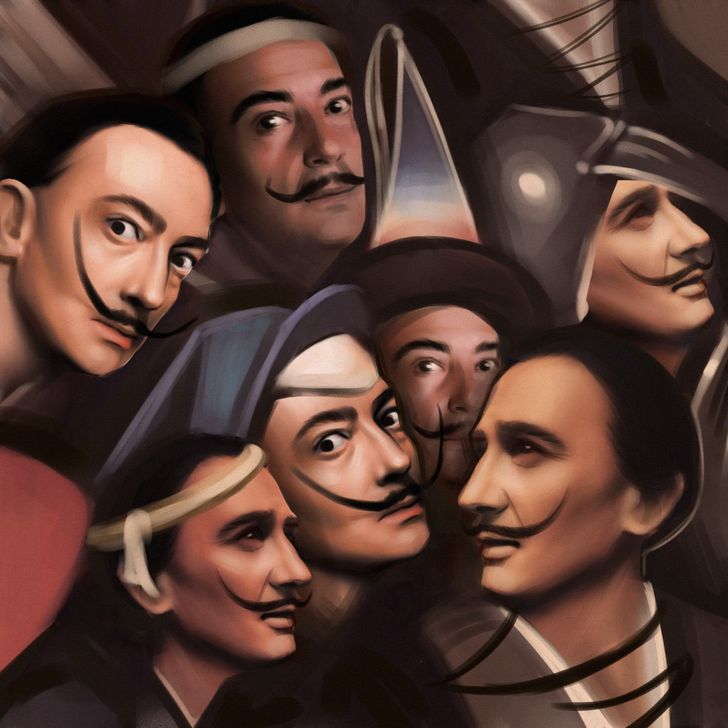
- Full name: Jeroen Anthoniszoon van Aken or Jheronimus Bosch
- Life years: 1450–1516
- Country: Netherlands
- Period: Northern Renaissance
- Genres: religious painting, historical painting, genre painting, portraiture
- Most famous work: The Garden of Earthly Delights (circa 1490–1510, Museo Nacional del Prado), Ship of Fools (circa 1490–1500, Louvre Museum, Paris)
- Facts: Sometimes Bosch is called the surrealist of the 15th century. About 25 paintings can be attributed to him. All of his works are still full of uncoded alchemy, religion, and folk art symbols.
- How to recognize his work: At first glance, most of his paintings show nonsense, an explosion of fantasy. Many various human creatures and animals are depicted all together in a 2D space. If you see huge berries, weird fountains, strange monsters, and at the same time realize that the painting was made half a millennium ago, you are likely looking at Jheronimus Bosch’s work. If you see several characters painted close to you, each of them will have their own facial expression that is full of emotion.
Raphael
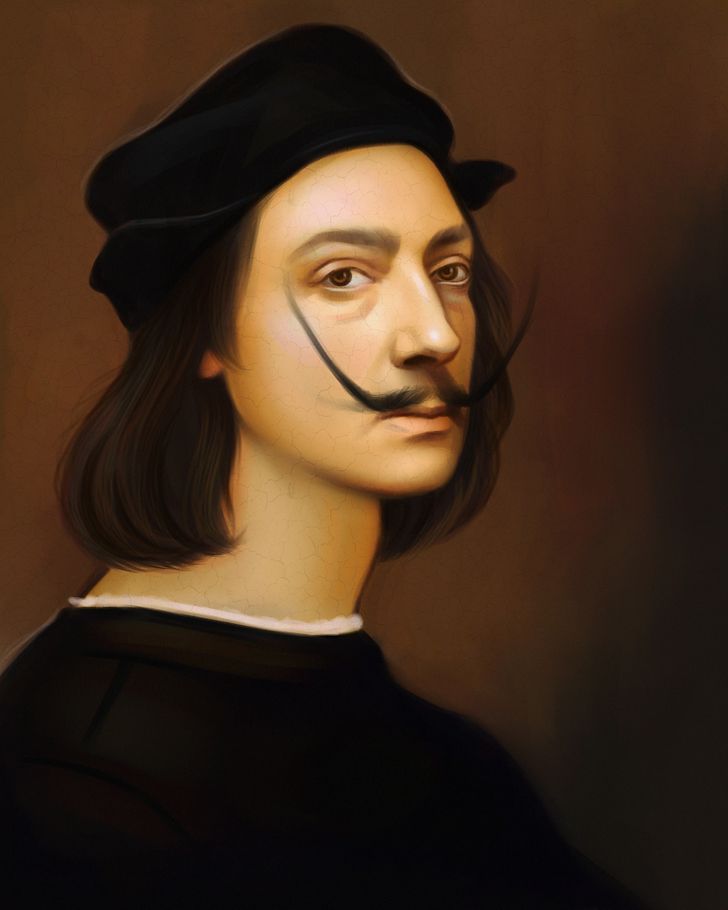
- Full name: Raffaello Santi
- Life years: 6 April 1483 — 6 April 1520
- Country: Italy
- Period: High Renaissance, Roman classicism of the early 16th century
- Genres: historical and portrait painting, religious and antique plots
- Most famous work: The Sistine Madonna (1513–1514, Old Masters Picture Gallery, Dresden), Self Portrait (1504–1506, Uffizi Gallery, Florence)
- Facts: He was one of the 3 Renaissance superstars along with Michelangelo and Leonardo. He became the most popular artist in Rome during his lifetime.
- How to recognize his work: They have many religious scenes with nature depicted against them. People look cute and have attractive features. The portraits often depict wide Raphaelesque necks.
Bruegel
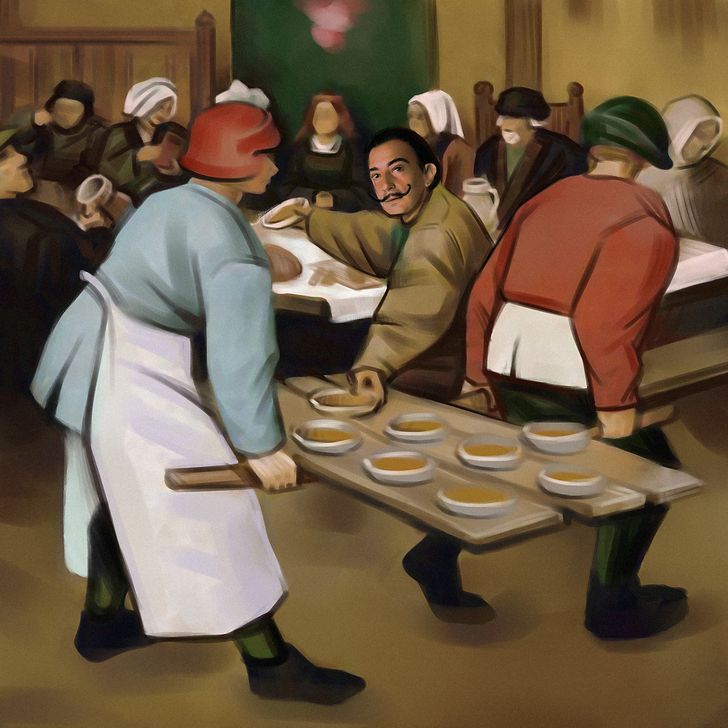
- Full name: Pieter Bruegel the Elder
- Life years: circa 1525–1569
- Country: Netherlands
- Period: Northern Renaissance
- Genres: landscapes and genre scenes
- Most famous work: The Parable of the Blind Leading the Blind (1568, Museo e Real Bosco di Capodimonte, Naples), The Tower of Babel (1563, Kunsthistorisches Museum, Vienna), Peasant Wedding (1568, Kunsthistorisches Museum, Vienna)
- Facts: The most famous painter from the Bruegel family, the father of Pieter Brueghel the Younger and Jan Brueghel the Elder.
- How to recognize his work: Brown shades, many characters who are oftentimes simple people, peasants, each painting has its own symbols. Many of his paintings are so widescale, it seems that Bruegel lifted a quadcopter into the air and filmed the events from a bird’s eye view and that later he created his masterpieces based on those shots.
Rubens
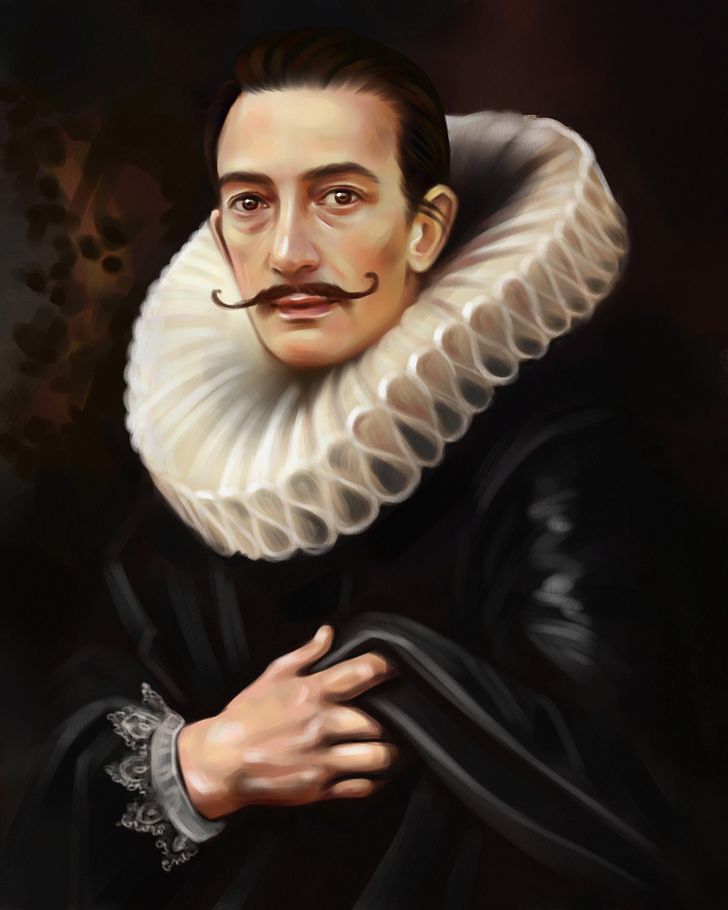
- Full name: Peter Paul Rubens
- Life years: 28 June 1577 — 30 May 1640
- Country: Netherlands
- Period: baroque
- Genres: religious painting, portraits, landscapes, and historical paintings
- Most famous work: The Three Graces (1639, Prado Museum, Madrid), The Union of Earth and Water (1618, Hermitage, Saint-Petersburg), Portrait of a Young Girl, (1615–1616, Kunstmuseum Liechtenstein, Vaduz)
- Facts: The main artist of his time in Northern Europe. Not only was he a successful painter, but he also carried out diplomatic missions.
- How to recognize his work: Ruddy kids’ faces, dynamic, movement, people who are occupied with something, rooms lit only by the flame of candles, realism in the depiction of characters and nature, and the main characteristic difference of his paintings are women with a special “Rubenesque beauty.” Oftentimes, these are naked women with curvy body shapes which, thanks to the painter’s talent, enhanced the beauty of the models.
Manet
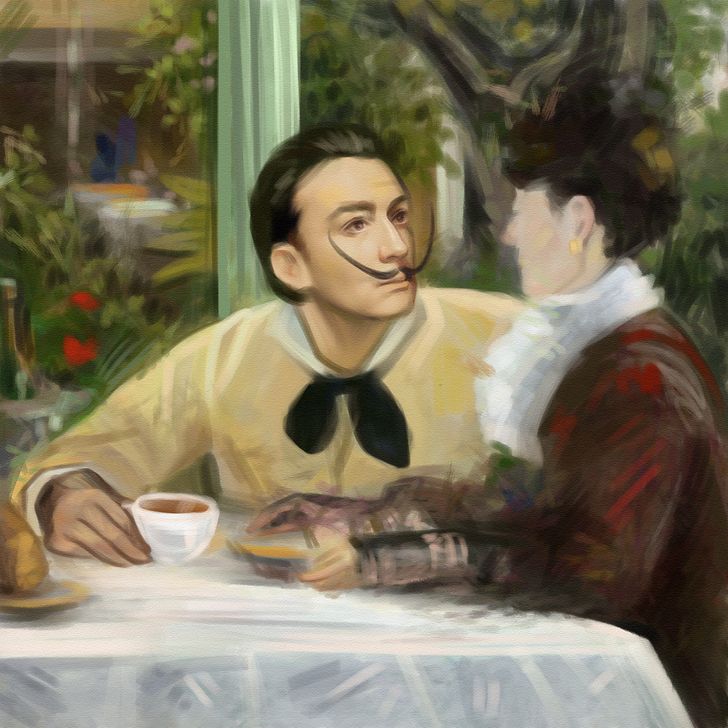
- Full name: Édouard Manet
- Life years: 23 January 1832 — 30 April 1883
- Country: France
- Genres: genre painting, portraiture
- Most famous work: The Luncheon on the Grass (1863, Musée d’Orsay, Paris), Olympia (1863, Musée d’Orsay, Paris), A Bar at the Folies-Bergere (1881–1882, Courtauld Institute of Art, London)
- Style: impressionism
- Facts: The Luncheon on the Grass painting created a big scandal due to the depiction of a naked woman next to fully dressed-up men. Manet himself kept wondering why goddesses can be depicted without clothes, while ordinary people cannot.
- How to recognize his work: Manet liked to play with the rules. For example, he could place the traditional plot of the old masters in a new context. His works are full of passion for modernity. The train steam, which was a kind of defiance from impressionists, can be seen in some of his works. He worked with short strokes, did not strive for realism, tried to show the play of light and shadow, but kept the portrait similarity of his characters.
Van Gogh
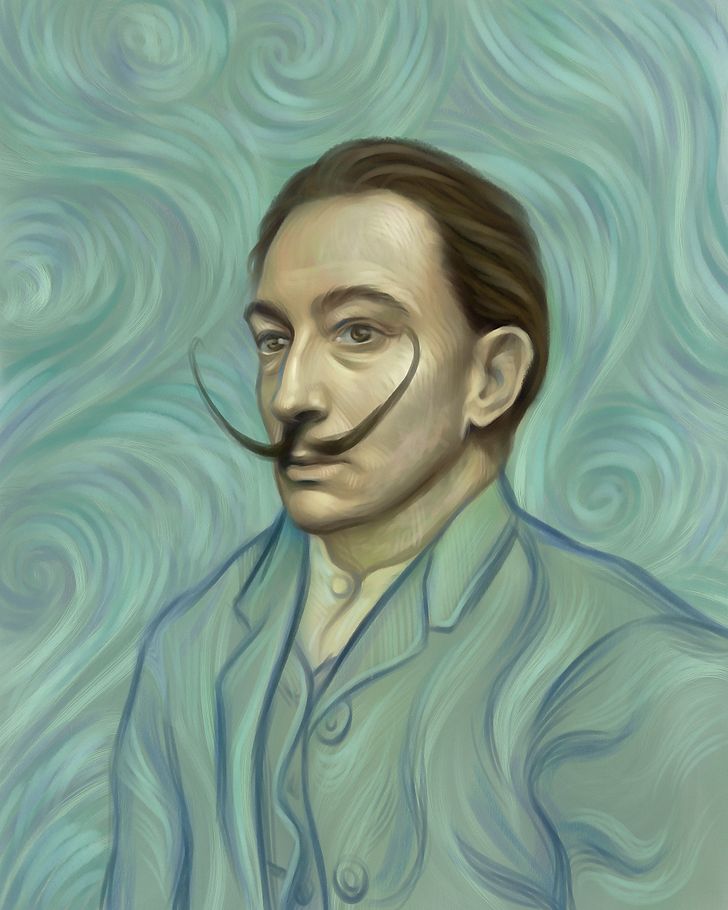
- Full name: Vincent Willem van Gogh
- Life years: 30 March 1853 — 29 July 1890
- Country: Netherlands
- Genres: portraits, self-portraits, landscapes, still life
- Most famous work: The Starry Night (1889, The Museum of Modern Art, New York), Sunflowers (the first series were created in 1888)
- Style: post-impressionism
- Facts: He was friends with Paul Gauguin, they were even neighbors in Arles for a while until they had a dramatic quarrel, which ended up with Van Gogh cutting off his ear. He wasn’t recognized as a great painter during his lifetime and his paintings failed to be sold. In 1990, Portrait of Dr. Gachet was sold for the record $82.5 million.
- How to recognize his work: If you see contrasting multi-colored strokes which make up the picture, you are most likely looking at Van Gogh’s masterpiece. There are no shadows in his work, but light and movement can still be felt in them.
Monet
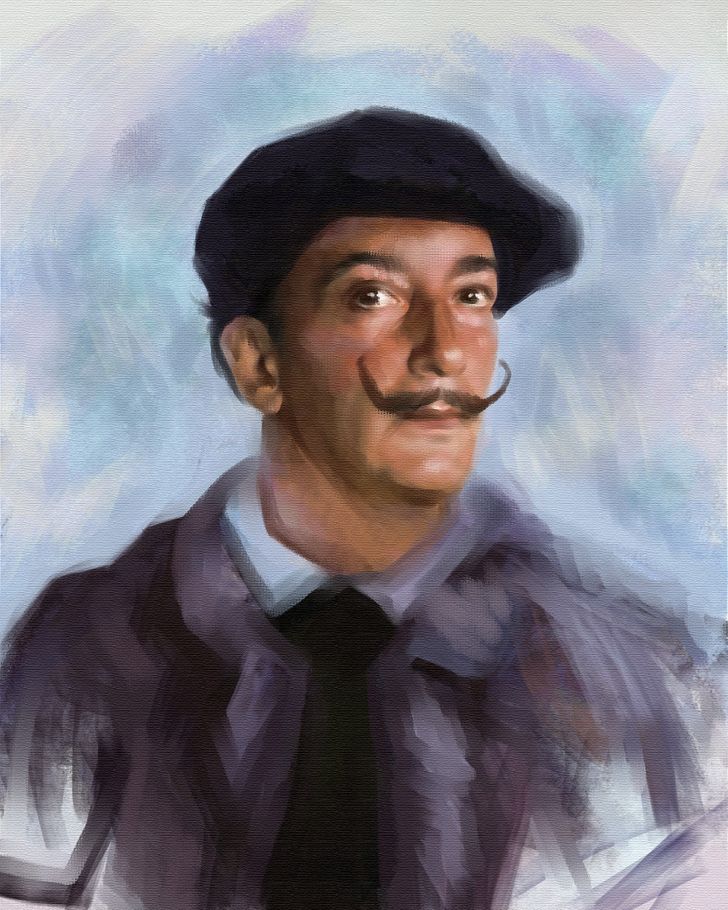
- Full name: Oscar-Claude Monet
- Life years: 14 November 1840 — 5 December 1926
- Country: France
- Genres: landscape, still life, portraiture
- Most famous work: Impression, Sunrise (1872, Musée Marmottan Monet, Paris), Saint-Lazare Station, Arrival of a Train (1877, Harvard Art Museum, Cambridge), Waterlilies series.
- Style: impressionism
- Facts: Monet was a famous cartoonist in his teenage years. In his old age, the artist developed a severe cataract, and after the surgery, he stopped seeing colors like other people. One of his eyes started to see everything in blue-violet tones, and the other in yellowish tones. But this didn’t stop the artist from continuing to create masterpieces.
- How to recognize his work: Monet’s paintings should be viewed as a whole and a little from afar, otherwise the world will appear blurry and unclear on them. The artist enjoys the beauty and emotion — these are the main details, that’s why there are not many hidden meanings and complicated plots in his work. The figures of people and the outlines of buildings are often depicted casually, while the sky, light, smoke, and water, in most cases, are drawn in detail, carefully, and very beautifully.
Picasso
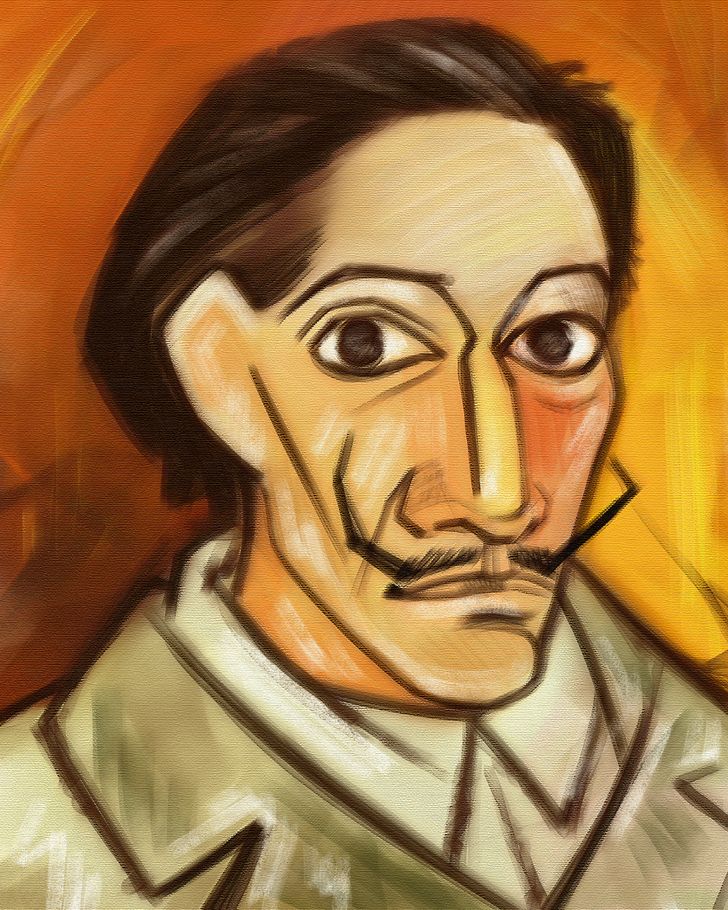
- Full name: Pablo Diego José Francisco de Paula Juan Nepomuceno María de los Remedios Cipriano de la Santísima Trinidad Ruiz y Picasso or simply Pablo Ruiz Picasso
- Life years: 25 October 1881 — 8 April 1973
- Country: Spain, France
- Genres: Tried himself in all directions but mainly worked in the portrait genre
- Most famous work: Guernica (1937, Museo Nacional Centro de Arte Reina Sofía), Girl on the Ball (1905, The Pushkin State Museum of Fine Arts, Moscow), A Dream
(1932, private collection), Weeping Woman (1937, Tate Britain, London) - Styles: cubism, surrealism, expressionism, post-impressionism
- Facts: Came up with cubism. A coral fish is named after him — the Picasso triggerfish. Once he made a bull’s head out of a bicycle saddle and a handlebar.
- How to recognize his work: It’s hard to not immediately recognize the paintings of the cubism period. They always have weird shapes, they are hypertrophied and often depict mixed-up details. They also boast the simultaneous use of multiple angles, and there is no portrait likeness when depicting people. But Picasso was in constant search of styles and genres. It is almost impossible to see a distant perspective in his few landscapes. In his work, you won’t find an attempt to embellish the model in portraits, even realistic ones. The paintings of the “blue” period are painted in cold blue tones, while the work of the “pink” period is full of warm shades — oranges, pink, etc.
Chagall
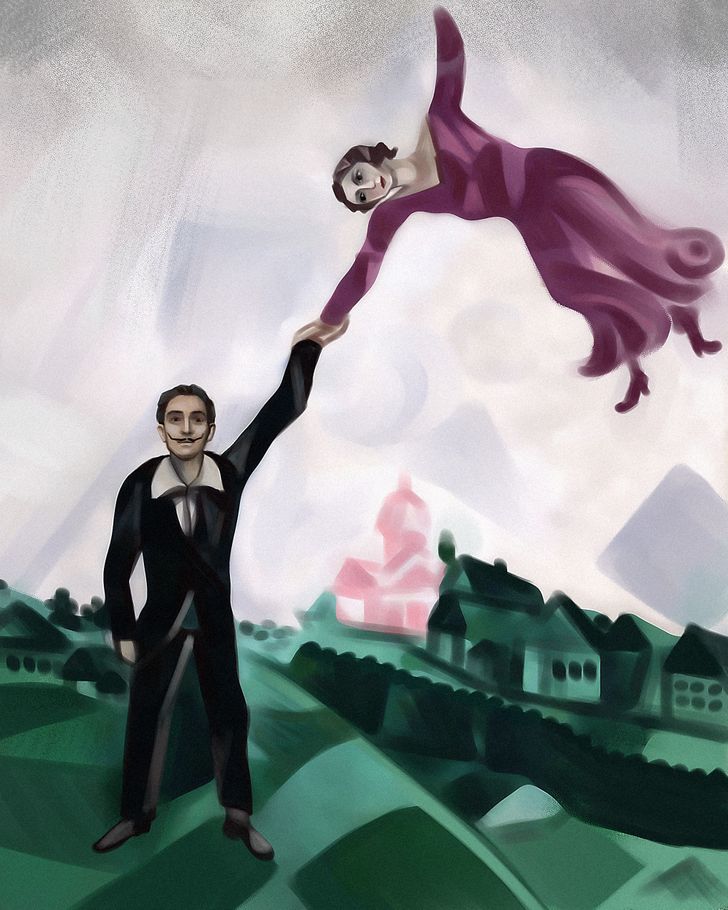
- Full name: Marc Zaharovich Chagall
- Life years: 7 July 1887 — 28 March 1985
- Country: Russia, France
- Genres: portrait, landscape, genre painting
- Most famous work: Over the Town (1918 г., The State Tretyakov Gallery, Moscow), Green Violinist (1923–1924, Solomon R. Guggenheim Museum, New York)
- Style: avant-garde
- Facts: Chagall’s stained-glass windows decorate cathedrals around the world. The artist also created impressive decorations and costumes for the theater stage.
- How to recognize his work: Fairytale images are combined with his childhood memories in different corners of Russia. Chagall has his own unique style, that is reminiscent of something primitive and childish. His paintings give the sense of 2-dimensional space, sometimes they completely lack any perspective and the laws of physics, other times the viewer might get the feeling that the artist collects images from bright fragments, like patchwork blankets. Russian motives, his memories about Viciebsk, many symbols, and the wish to show a hidden meaning — all these can be found in his paintings.
Dalí
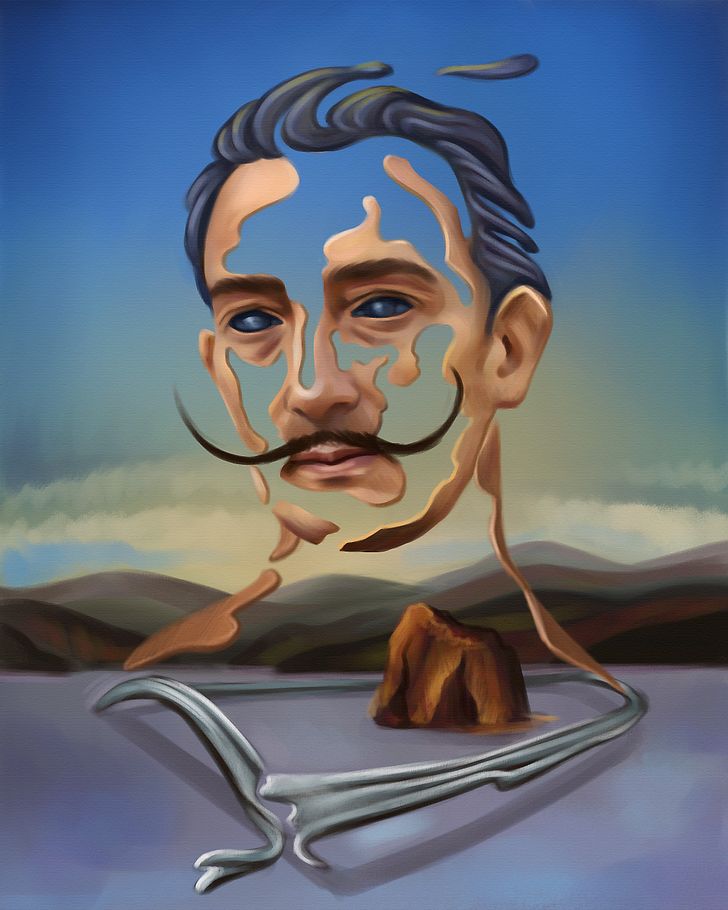
- Full name: Salvador Domènec Felip Jacint Dalí i Domènech, Marqués de Dalí de Púbol
- Life years: 11 May 1904 — 23 January 1989
- Country: Spain
- Genres: still life, genre painting, portraiture, landscape, allegory, religious art
- Most famous work: The Persistence of Memory (1931, The Museum of Modern Art, New York), The Face of War (1940, Museum Boijmans Van Beuningen, Rotterdam), The Temptation of St. Anthony (1946, Royal Museums of Fine Arts of Belgium, Brussels).
- Styles: surrealism, Dadaism, cubism
- Facts: Dalí was expelled from Fine Arts Academy in Madrid 2 times for his eccentric behavior. In 1969, Dalí created a logo for Chupa Chups candies and it is used today.
- How to recognize his work: In Dalí paintings, objects can’t keep their shape — they decrease, enlarge, spread, or, conversely, flatten. They also have mirror effects and mirages. The preciseness of depicting some details is married together with his wildly rich imagination.